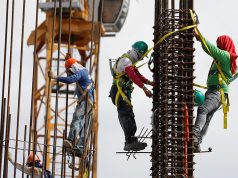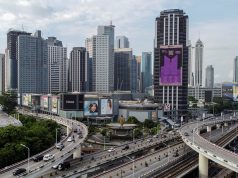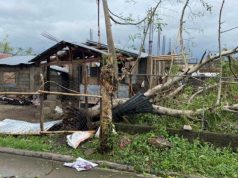MANILA – The Philippine economy is expected to accelerate strongly in the second half of 2017 and reach 7-percent growth for the full year, buoyed by the expansion in consumer spending and public construction.
In the latest issue of The Market Call, investment bank First Metro Investment Corp. (FMIC) and the University of Asia & the Pacific (UAP) said “a very strong” projected growth for the second half could offset the weakness in the first semester.
The country’s gross domestic product (GDP) expanded slower at 6.4 percent in the January-March period, below forecasts of 7 percent — something that was blamed on high base effects due to election spending last year.
FMIC and UA&P also attributed slower GDP growth in the first quarter to the effect of former Environment Secretary Gina Lopez’s anti-mining initiatives, the construction slowdown especially infrastructure spending, and electricity-water-gas’ weak gain.
“With OFW (overseas Filipino workers) remittances (especially in peso terms) up double-digit, and the industry sector continuing to perk up, consumer spending should recover from a disappointing first quarter and clock closer to 6.5 percent in second quarter,” FMIC and UA&P said.
They also projected public construction on infrastructure to regain its double-digit growth pace starting this second quarter with the expansion of capital goods imports and industrial production.
They said domestic demand should be more robust for the next quarter.
“External demand is clearly a positive factor to GDP growth as exports to the US (United States), EU (European Union) and ASEAN have expanded at elevated rates with their improved economic performance and outlook,” added The Market Call.
Further, FMIC and UA&P noted that despite a slight slowdown in GDP growth in first quarter, the Investment-led growth of the Philippine economy remained intact on the back of higher capital goods imports, foreign direct investments (FDI) and manufacturing output.
“Capital goods imports should resume its elevated growth path starting second quarter, while the manufacturing sector maintains its pace of double-digit gains. The two, underpinned by FDIs and heavier infrastructure spending, should keep the shine on the country’s investment-led growth,” they added.







